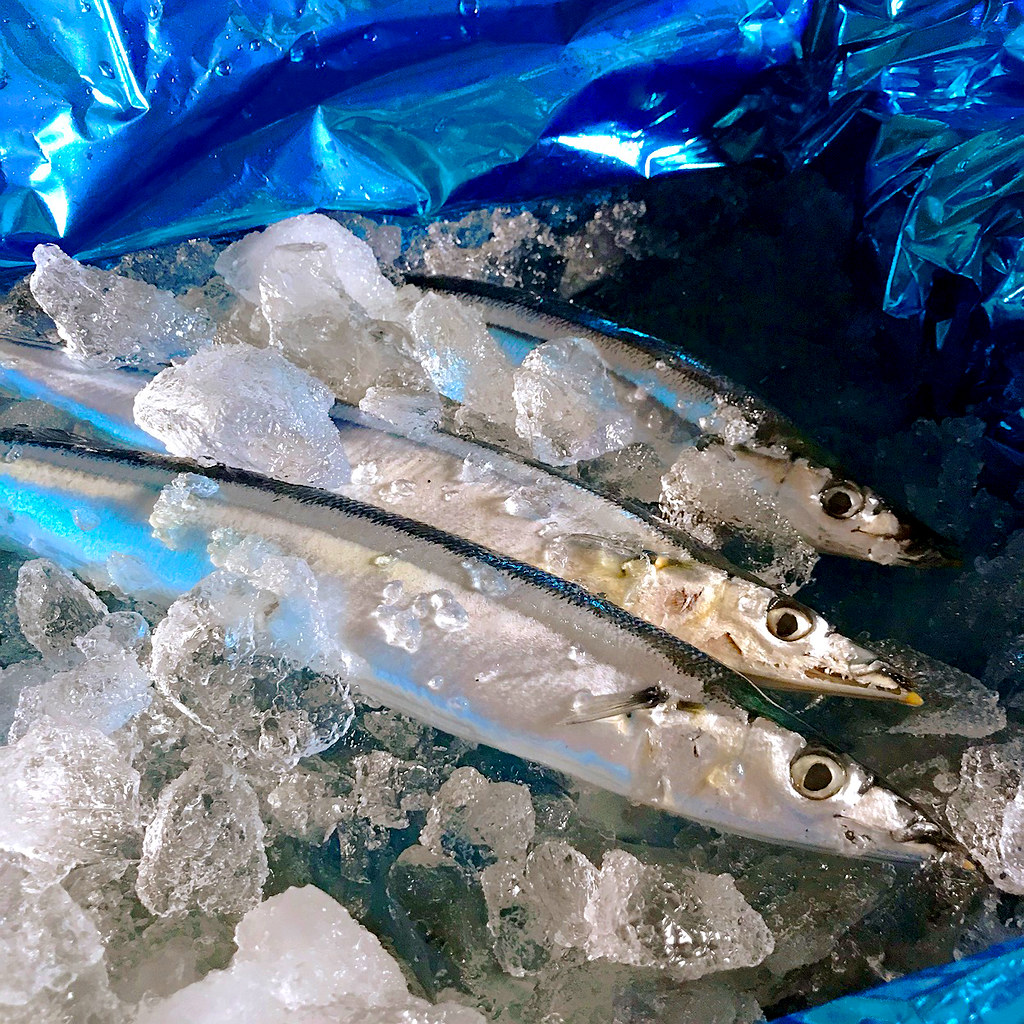March 31, 2023


Author——————————-
David Gershman
Officer, International Fisheries
✉️
Rebuilding Pacific saury, an important food source in several nations that is overfished and experiencing overfishing, is a priority for the North Pacific Fisheries Commission (NPFC). Catches in 2021 and 2022 declined to historic lows and the biomass of the stock of recent years is at historically low levels. This decline is all the more concerning because, as a shorter-lived species, Pacific saury also plays a key role in the ecosystem as a source of prey for other marine life. During its annual meeting last week, it was evident that a full harvest strategy, also called a management procedure, will be essential for NPFC to achieve that goal.

I participated as an observer at the NPFC’s annual Commission meeting that concluded March 24, in Sapporo, Japan, where Pacific saury was one of the most prominent matters on the agenda. Members put forward two proposals to reduce the total allowable catch (TAC) for Pacific saury. Although the NPFC has begun work to develop an interim harvest control rule (HCR) that would be followed by a full management procedure, the poor condition of the stock warranted immediate action.
One proposal would have reduced the TAC to 101,000 metric tons within the Convention Area (with an additional 69,000 mt for the rest of the stock’s range), which is the level that would be recommended by an HCR like many used around the world that adjusts fishing intensity according to the level of a stock’s biomass. But another member said that amount would negatively impact the operational stability of the Pacific saury fishery and instead proposed a TAC of 166,000 mt (with 39,000 mt for the rest of the stock’s range), which that proponent said was in line with the fishing mortality at the maximum sustainable yield (MSY) level.
With little time to negotiate, a compromise was reached, setting the TAC in the Convention Area at 150,000 mt (with 100,000 mt for the rest of the stock’s range) and adding several new provisions that aim to reduce fishing effort but could complicate any analysis of the predicted effect of the overall measure.
The experience once again shows why clarity in scientific advice is so important in fisheries management. Proponents of both proposals claimed theirs met the scientific advice, although fishing at the MSY level is unlikely to make much of a dent in rebuilding Pacific saury.
It also shows why a fully simulation tested management procedure is so important. By agreeing to objectives in advance, managers, scientists and stakeholders build consensus on where they want the fishery to go and how to get there, without last minute negotiating around the meeting table where suboptimal bargains often are made.
The good news is the NPFC reviewed the work to date to develop the interim HCR. And the Commission reaffirmed its goal to have one presented and used to set the TAC at the Commission’s 8th annual meeting, which is scheduled for April 2024. Once the interim HCR is in place, focus can shift to using Management Strategy Evaluation to develop a fully specified management procedure.
I hope NPFC members came away from the experience of this year noting the difficulty of negotiating effective catch limits during the intense pressure that comes with a meeting agenda packed full of crucial issues. That experience should be another reason to fully embrace the future of fisheries management. NPFC members should redouble their efforts to develop the interim HCR and then management procedure that would benefit the ecosystem and generate productive and stable catches for industry.